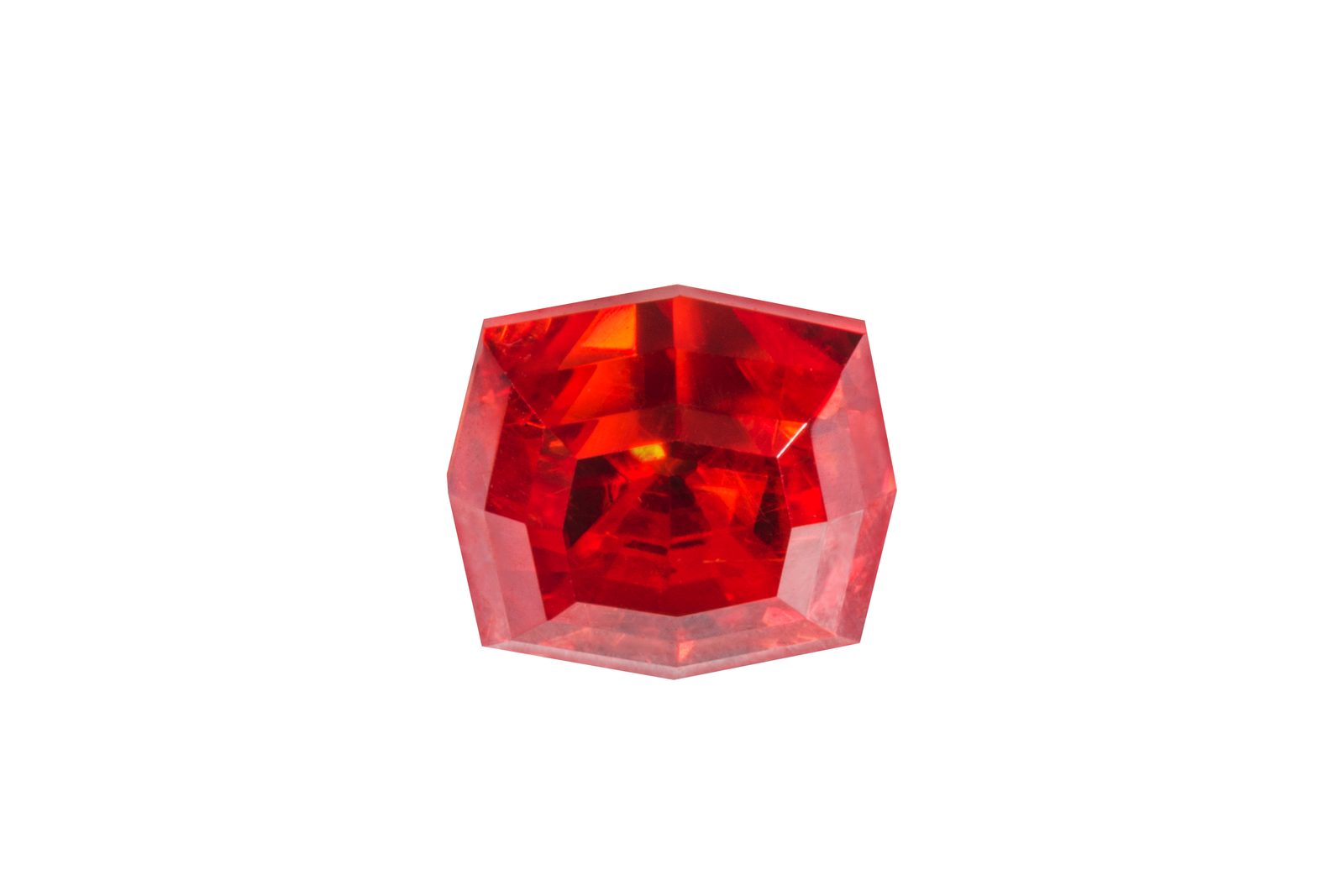Crocoite on Limonite
These fragile, needle-like crocoite crystals radiate beautifully from a crumbly gossan matrix – which made it difficult to extract. Crocoite, a lead chromate of intense red-orange colour, is a rare mineral confined mostly to a few mines at Dundas on the remote west coast of Tasmania, Australia, as well as some minor overseas locations. Dundas is the finest site in the world for crocoite. In fact, Tasmania declared crocoite its official state mineral in 2000.
Specimen details
Origin
Adelaide Mine, Dundas, Tasmania, Australia
Size
12 x 10 x 10 cm
Date
Registered 1996
Collection number
D.50681
Collection
On display
Featured in the Westpac Long Gallery
The specimen was mined by Frank Mihajlowits, then Proprietor of the Adelaide Mine which originally produced lead and silver. He, in turn, sold it in 1972 to Albert Chapman. Chapman acquired several Tasmanian crocoites and traded many for specimens from overseas collectors and museums. They had high trading value because their supply was scarce. Crocoite is so rare because the elements that combine to form it – lead and chromium – are only found together when groundwater that has moved through chromium-rich rocks encounters groundwater that has passed through a lead-rich orebody. The name ‘crocoite’ comes from a Greek word that means ‘saffron orange’ and the mineral’s high lead content adds its bright sparkle.
Featured left is a faceted 1.75 carat rectangular step cut crocoite. Crocoite crystals are usually too thin and opaque to facet; so this one, although small, is outstanding. Crocoite gemstones are too soft and brittle to wear as jewellery, but a few rare crystals have been faceted into ‘collectors’ gemstones’.
Crocoite gemstone
Red Lead Mine, Dundas, Tasmania, Australia. 5 x 6 x 5 mm, 1.75 ct. D.60477. This acquisition was made possible through a grant from the PP Collection Acquisition Fund and the Australian Museum Foundation.

© Australian Museum


